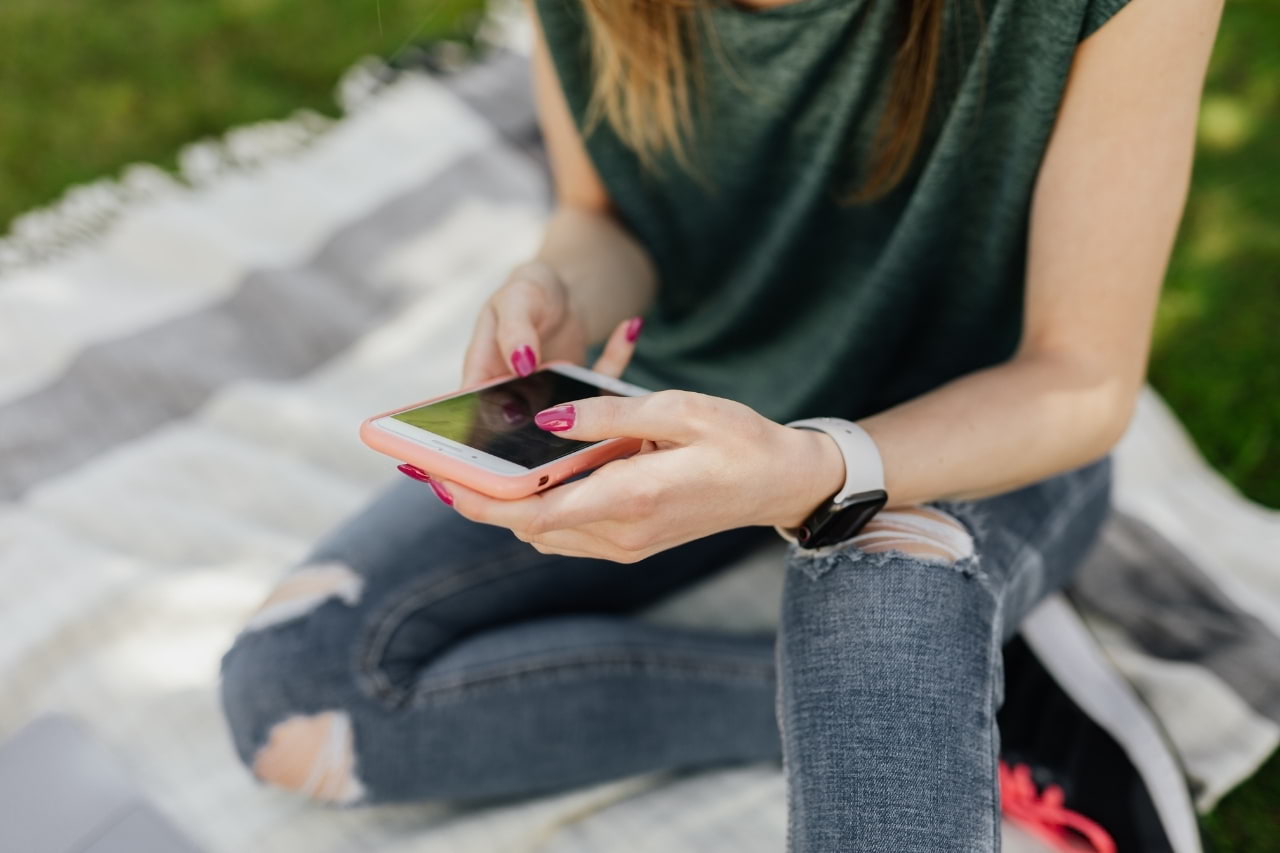By now you have probably heard about Signal. But what is Signal? Keep reading to find out.
What is Signal?
Simply put, it’s is an app used to send messages. In that respect, it’s quite similar to iMessage or WhatsApp. Where it differs from them, however, is that it focuses more strongly on security and privacy instead of on quaint emojis.
The app is free to download for iOS, Android, and as a Chrome browser extension linked with your smartphone. Apart from the enhanced security features, it offers all the standard messaging tools you already know plus emoji support, read receipts, video calls, voice calls, and group chats.
As with WhatsApp, Signal identifies you with your mobile number, so you don’t have to remember any additional usernames and passwords. On your Android smartphone, you will also be able to use the app to send standard MMS and SMS messages to people who don’t (yet) have Signal installed. Unfortunately, the same security protections will not apply to these messages.
During the last year, Signal has also introduced various new fun features. These include emojis, stickers, and GIFs. One of the most recent upgrades included a blur tool. This is very useful when you want to obscure faces or you want to send someone a document with sensitive information. To use it you simply go the app’s main page and tap on the camera icon. Select a picture from your library or take a photo, and then tap the blur icon (it looks like a checkered circle).
Signal also offers a few nifty features such as:
Disappearing messages. Simply go to a conversation and tap the contact’s name. Then select a time between 5 seconds and 7 days for the messages to self-destruct.
Single-view media. With this feature, any photo or video you send to someone else will disappear from a conversation the moment it has been viewed. Just tap the camera icon on the main page. Then select a picture from the library or take one. Finally, at the screen’s bottom-left corner, activate the “1x” icon.

How does Signal work?
With your question “what is Signal?” now having been answered, you are probably curious about how it actually works. Signal’s encryption protocols convert your calls and messages into a string of unintelligible rubbish that nobody can decrypt except the recipient.
What is Signal not able to do? It is important to know that Signal’s encryption protocols can not prevent the recipient from capturing a screenshot of your message and sharing it on social media or with someone else. And if you fail to password protect your phone, no encryption system in the world can protect you against somebody reading your messages if he or she gains physical access to the device.
Why is everyone talking about Signal?
Signal is experiencing an unprecedented moment of fame. Edward Snowden recommends it. And nearly every researcher that has examined the way it protects users’ security and privacy has echoed his views on the app.
As individuals started to increasingly communicate online during the pandemic, the encrypted messaging app experienced massive growth in the number of sign-ups. This was further boosted by the nationwide protests in the US when the fact that the app never stores any user data became particularly popular. Analytics firm App Annie recently reported that In May alone around a million people downloaded Signal. And the total number of installs since 2015 now stands at 32.4 million according to Sensor Tower, another data analytics company.
Although Signal’s data encryption capabilities aren’t unique (it is rivalled by Apple’s iMessage and Facebook’s WhatsApp), experts believe that Signal is indeed the most secure.
You don’t have to be a criminal or a conspiracy theorist to benefit from Signal’s encryption features. If you have a business or you are concerned about the privacy of your communications during the current riots (which are accompanied by high levels of police surveillance), using state-of-the-art message encryption simply makes a lot of sense.

